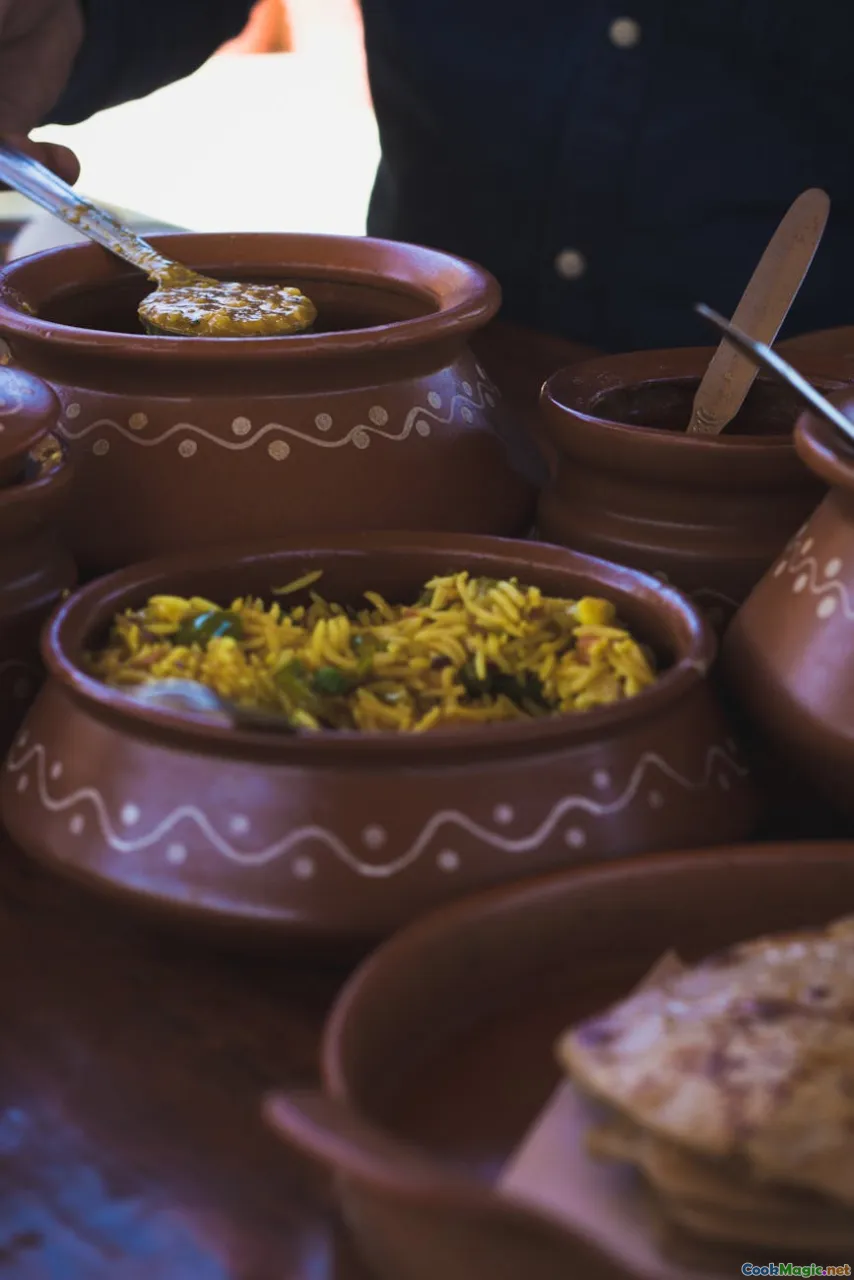Mastering Plov The Heart of Azerbaijani Rice Dishes
5 min read Discover the rich history, cultural significance, and masterful techniques behind Azerbaijani plov, the soulful centerpiece of their culinary heritage. April 22, 2025 16:00
Mastering Plov: The Heart of Azerbaijani Rice Dishes
Imagine a dish so revered in Azerbaijan that it embodies the very essence of hospitality, tradition, and national pride. A steaming, fragrant mound of rice, tender meats, vibrant vegetables, and aromatic spices — this is plov, the crown jewel of Azerbaijani cuisine. As someone who has wandered through the bustling bazaars of Baku and sat at family tables where plov is served with reverence, I can attest that mastering this dish is akin to capturing the soul of Azerbaijani culinary culture.
The Cultural Significance of Plov in Azerbaijan
In Azerbaijan, plov isn't merely food; it's a symbol of unity, celebration, and history. Whether during weddings, Novruz (the Persian New Year), or communal gatherings, serving plov is a gesture of warmth and hospitality. Its origins trace back centuries, influenced by Persian, Turkic, and Russian culinary traditions, yet over time, Azerbaijani chefs have crafted a unique style that elevates it to national treasure.
Every region boasts its variation — from the lush, oil-rich plov of Ganja to the more delicate, saffron-infused versions of Baku. The preparation itself often involves family secrets passed down through generations, making each pot of plov a personal narrative.
Historical Roots and Evolution
The history of plov in Azerbaijan intertwines with the Silk Road, where spice-laden dishes traveled and fused across cultures. Originally, the dish was a humble peasant meal, cooked over open fires, using locally available ingredients like lamb, carrots, and rice. As it gained prominence, aristocrats and merchants refined the recipe, incorporating fragrant spices and nuts.
In the 20th century, with the development of urban centers, plov became a signature dish served in grand restaurants and family homes alike, symbolizing Azerbaijani identity amidst rapid change.
The Art of Making Perfect Plov
Mastering plov requires more than just following a recipe — it demands patience, attention to detail, and a respectful understanding of each ingredient’s role. Here's a deep dive into the essential elements:
1. Choosing the Right Rice
The foundation of a good plov is high-quality, long-grain rice — preferably varieties like BasmatiorAzerbaijani Gilan rice. The rice should be rinsed thoroughly until the water runs clear to remove excess starch, ensuring fluffy, non-sticky grains.
2. The Meat
Lamb is traditional, prized for its rich flavor and tender texture, but beef or chicken can also be used. The meat is usually cut into sizeable chunks, seasoned simply with salt and sometimes pepper, to let its natural flavors shine.
3. Aromatics and Spices
Carrots, sliced into julienne strips, are a staple, providing sweetness and color. Onions are sautéed until golden to build a flavorful base. Spices like saffron, cumin, and sometimes dried barberries or dried apricots are added for depth and a touch of sweetness.
4. The Cooking Technique
Cooking plov involves a layered process:
- Sauté the onions and carrots in a generous amount of oil until fragrant.
- Add the meat and cook until browned.
- Pour in boiling water or broth, then season with spices.
- Simmer until the meat is tender.
- Layer the rinsed rice on top of the meat mixture without stirring.
- Add more hot water to just cover the rice, then cook on low heat.
- Create steam by puncturing the rice surface or covering with a clean cloth before placing the lid.
- Allow the dish to rest, enabling the flavors to meld.
The coveted **









